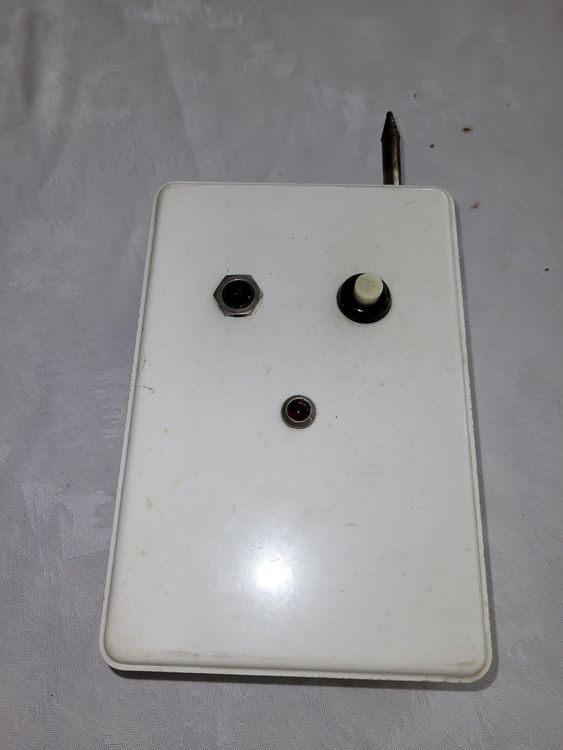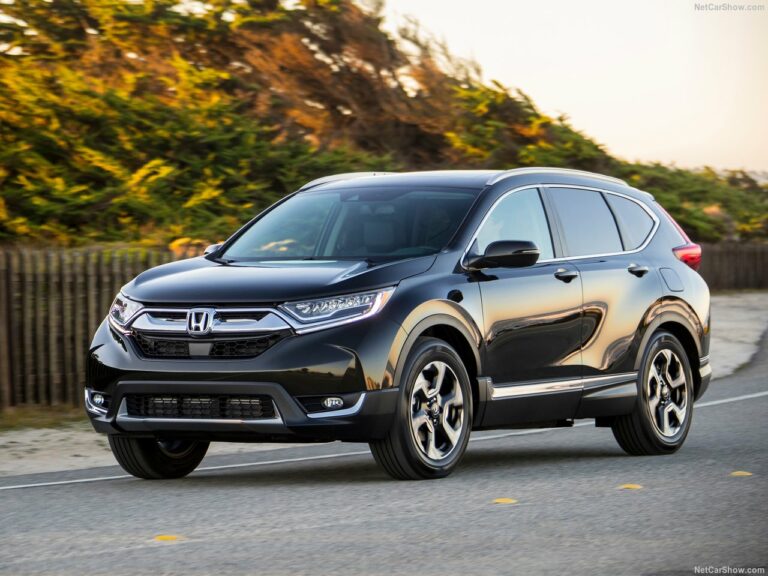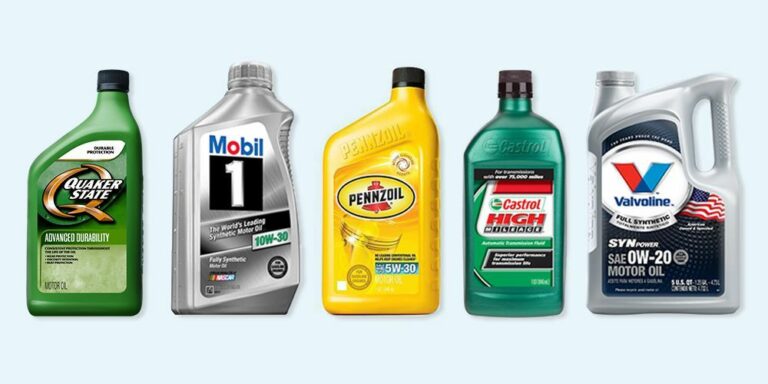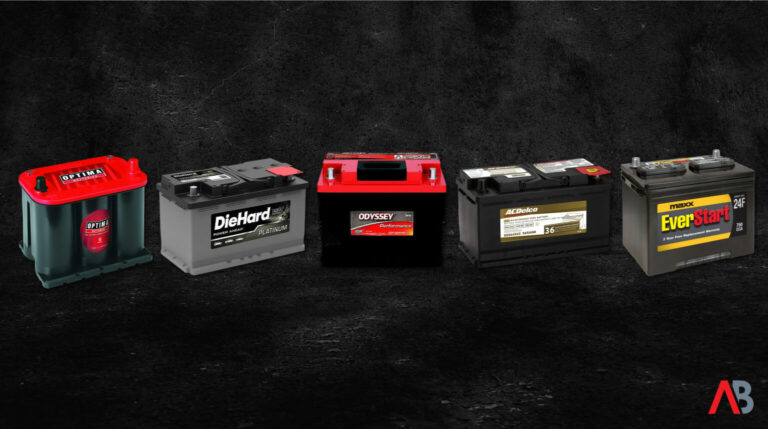Top Car Battery Brands: Powering Your Journey with Reliability
Top Car Battery Brands: Powering Your Journey with Reliability cars.truckstrend.com
The car battery is arguably the most vital component in your vehicle’s electrical system, acting as its heart. It’s responsible for providing the initial jolt to start your engine, as well as supplying power to your vehicle’s myriad electronic components when the engine isn’t running. From igniting the fuel-air mixture to powering your infotainment system, lights, and wipers, a robust and reliable battery is indispensable for a smooth and safe driving experience.
However, not all car batteries are created equal. Just like any other automotive part, batteries come in various types, sizes, and, critically, from different manufacturers, each offering distinct levels of performance, durability, and technological sophistication. Investing in a battery from a top brand isn’t merely about paying more; it’s about securing peace of mind, ensuring consistent performance, and avoiding the frustration and potential danger of an unexpected breakdown. This comprehensive guide will delve into the world of top car battery brands, helping you understand what makes them stand out and how to choose the best one for your vehicle.
Top Car Battery Brands: Powering Your Journey with Reliability
Understanding Your Car Battery: More Than Just a Box of Power
Before we explore the leading brands, it’s crucial to grasp the fundamental aspects of car batteries. A typical car battery is a 12-volt lead-acid battery, comprising six cells, each producing approximately 2.1 volts. When connected in series, they deliver the necessary 12.6 volts to power your vehicle.
Key specifications you’ll encounter when selecting a battery include:
- Cold Cranking Amps (CCA): This is a critical rating, especially if you live in a colder climate. CCA measures the battery’s ability to deliver current at 0°F (-18°C). A higher CCA rating means more starting power in freezing temperatures.
- Reserve Capacity (RC): RC indicates how long your battery can power essential accessories (like headlights or wipers) if your alternator fails. It’s measured in minutes, and a higher RC means more time to get to safety.
- Battery Group Size: This refers to the battery’s physical dimensions (length, width, height) and the terminal configuration (positive and negative post locations). Your car manufacturer specifies the correct group size for your vehicle. Using the wrong size can lead to fitment issues or even electrical problems.
- Voltage: Standard automotive batteries are 12-volt.
- Amp-Hour (Ah): This measures the battery’s total energy storage capacity, indicating how much current it can supply over a specific period.

Types of Car Batteries:
- Flooded (SLA/Wet Cell): These are the traditional, most common, and typically most affordable batteries. They contain liquid electrolyte that covers lead plates. Some require occasional maintenance (checking and topping up electrolyte levels), while "maintenance-free" versions are sealed.
- Absorbed Glass Mat (AGM): In AGM batteries, the electrolyte is absorbed into fiberglass mats between the plates, making them spill-proof and vibration-resistant. They offer higher CCA, faster recharging, and better deep-cycle performance than flooded batteries, making them ideal for modern vehicles with start-stop technology or extensive electronic demands.
- Gel Cell: Similar to AGM, but the electrolyte is in a gel form. Less common for automotive starting applications due to their lower peak power output and sensitivity to overcharging.
- Enhanced Flooded Battery (EFB): A step up from standard flooded batteries, EFBs are designed to handle the demands of entry-level start-stop vehicles, offering improved cycle life compared to conventional batteries.


Why Invest in Top Car Battery Brands? The Benefits
Opting for a battery from a reputable, top-tier brand offers significant advantages that extend beyond just a longer lifespan:
- Unmatched Reliability and Performance: Top brands utilize higher-quality materials and more precise manufacturing processes, leading to consistent power delivery and dependable starts, even in extreme conditions.
- Superior Durability and Lifespan: Better construction translates to enhanced resistance against vibration, temperature fluctuations, and internal corrosion, resulting in a significantly longer service life compared to generic alternatives.
- Advanced Technology Integration: Leading brands continuously innovate, incorporating technologies like pure lead plates, spiral cell designs, or advanced charging acceptance for modern vehicles with complex electrical systems and features like start-stop technology.
- Enhanced Safety Features: Premium batteries are designed with advanced safety measures to prevent leaks, short circuits, and even explosions, protecting both your vehicle and yourself.
- Comprehensive Warranty and Customer Support: Reputable brands stand behind their products with better warranty coverage and accessible customer service, offering peace of mind and support should an issue arise.
Spotlight on Top Car Battery Brands
Choosing a battery from one of these established brands ensures you’re getting a product engineered for reliability and performance:
- Optima Batteries: Renowned for their unique SpiralCell Technology, Optima batteries (RedTop for starting, YellowTop for deep cycle/starting, BlueTop for marine/RV) offer exceptional vibration resistance, fast recharging, and superior starting power. They are a go-to for performance vehicles, off-roaders, and those needing high-demand applications.
- Interstate Batteries: One of the most recognized and widely distributed battery brands in North America. Interstate offers a vast range of batteries for various applications, known for their solid performance, reliability, and excellent warranty. Their Mega-Tron Plus series is a popular choice for everyday vehicles.
- ACDelco: As the original equipment (OE) supplier for General Motors vehicles, ACDelco batteries are known for their reliable performance and broad availability. They offer various lines, including Advantage, Professional, and Gold, catering to different needs and budgets, providing dependable power for a wide array of vehicles.
- DieHard Batteries: With a legacy dating back decades, DieHard has long been synonymous with dependable starting power. Now produced by Clarios (formerly Johnson Controls), DieHard batteries continue to offer robust performance across their Gold, Platinum, and Advanced AGM lines, available through retailers like Advance Auto Parts.
- Odyssey (EnerSys): Considered a premium, high-performance option, Odyssey batteries utilize pure lead plates for exceptional power density, extreme temperature tolerance, and an incredibly long lifespan. They are often favored for heavy-duty applications, racing, and vehicles requiring ultimate reliability.
- Exide: A global leader in battery manufacturing, Exide offers a diverse portfolio of batteries for automotive, marine, and industrial applications. Their automotive lines provide a good balance of performance, durability, and value, incorporating technologies suitable for modern vehicle demands.
- Bosch: While primarily known for automotive components, Bosch also produces high-quality car batteries. Leveraging German engineering, Bosch batteries are reliable, durable, and often found as OE in European vehicles, known for their consistent performance.
- EverStart (Walmart Brand): Often manufactured by major battery companies like Clarios or Exide, EverStart batteries offer an affordable yet reliable option for the average consumer. They are easily accessible at Walmart stores and provide decent performance for their price point, making them a popular budget-friendly choice.
Choosing the Right Battery: A Practical Guide
Selecting the ideal battery involves more than just picking a top brand; it requires matching the battery to your specific vehicle and driving conditions:
- Consult Your Owner’s Manual: Always start here. It will specify the correct Group Size, minimum CCA, and often the recommended battery type (flooded, AGM, etc.).
- Consider Your Climate: If you live in a region with harsh winters, prioritize a battery with a higher CCA rating. Extreme heat can also shorten battery life, so a robust, heat-resistant design is beneficial.
- Evaluate Your Driving Habits: Frequent short trips prevent the alternator from fully recharging the battery, leading to premature wear. If this describes your driving, consider an AGM battery or regular use of a battery maintainer.
- Account for Vehicle Electronics: Modern vehicles, especially luxury cars or those with extensive aftermarket electronics, demand more from their batteries. AGM batteries are generally better suited for these higher electrical loads and stop-start systems.
- Balance Budget and Quality: While top brands offer superior performance and longevity, they come at a higher price. Determine your budget, but remember that a cheaper battery might cost you more in the long run with earlier replacement.
- Check the Warranty: A good warranty indicates the manufacturer’s confidence in their product. Look for warranties with a good free replacement period and a prorated period.
Maintaining Your Car Battery for Longevity
Even the best battery needs a little care to reach its full potential lifespan:
- Keep Terminals Clean: Corrosion (a white, powdery substance) on terminals can impede current flow. Clean them regularly with a wire brush and a baking soda-water solution.
- Ensure Secure Connections: Loose terminals can lead to intermittent power issues and potential damage.
- Avoid Deep Discharges: Letting your battery completely die repeatedly significantly shortens its life, especially for flooded batteries.
- Use a Battery Maintainer/Trickle Charger: If your car sits idle for extended periods, a maintainer will keep the battery at an optimal charge level.
- Drive Regularly: Short trips don’t allow the alternator to fully recharge the battery. Regular, longer drives help maintain its charge.
- Check Battery Voltage: Periodically use a multimeter to check your battery’s voltage. A fully charged 12V battery should read around 12.6 volts or higher when the engine is off.
- Proper Disposal: Always recycle old batteries at a certified facility or auto parts store. They contain hazardous materials.
Challenges and Solutions
Even with a top-brand battery, you might encounter issues. Here are common challenges and their solutions:
- Cold Weather Performance Degradation: Batteries lose efficiency in the cold. Solution: Invest in a high-CCA battery, use a block heater, or a battery blanket/maintainer.
- Heat Damage: Excessive under-hood heat can evaporate electrolyte and accelerate internal corrosion. Solution: Ensure proper ventilation around the battery and regular fluid checks (for flooded batteries).
- Corrosion: Acid fumes reacting with metal. Solution: Regular cleaning of terminals and applying anti-corrosion grease or washers.
- Parasitic Drain: Electrical components drawing power when the car is off. Solution: Identify and fix the source of the drain, often requiring a professional diagnosis.
- Alternator Failure: If the alternator isn’t charging the battery, it will eventually die. Solution: Replace the faulty alternator.
- Sulfation: Lead sulfate crystals building up on the plates, reducing capacity. Solution: Prevention through regular charging; some chargers have a "desulfation" mode, but often the damage is irreversible for older batteries.
Practical Advice and Actionable Insights
- Buy from Reputable Retailers: Purchase batteries from trusted auto parts stores, dealerships, or online vendors with good return policies.
- Understand Your Warranty: Know the free replacement period and the prorated period. Keep your receipt.
- Consider Professional Installation: If you’re unsure about replacing the battery yourself, especially in modern vehicles with complex electronics that require battery registration, opt for professional installation.
- Don’t Skimp on Quality: While tempting, a cheap battery can lead to unreliable starts, premature failure, and more frequent replacements, costing you more in the long run.
- Recycle Your Old Battery: Most retailers will take your old battery for recycling, and some even offer a "core charge" refund when you return it.
Top Car Battery Brands: Estimated Price Table
Please note that these prices are approximate and can vary significantly based on battery group size, specific model, retailer, location, promotions, and core charge. Always check current prices from reputable vendors.
| Brand | Typical Type(s) | Example CCA Range (approx.) | Example RC Range (approx.) | Estimated Price Range (USD) | Key Feature/Note |
|---|---|---|---|---|---|
| Optima | AGM (Spiral Cell) | 720-950 | 90-150 | $200 – $350+ | High vibration resistance, deep cycle/starting capabilities. |
| Interstate | Flooded, AGM | 600-1000 | 90-180 | $120 – $280 | Widely available, strong warranty, diverse product lines. |
| ACDelco | Flooded, AGM, EFB | 600-900 | 80-160 | $100 – $250 | OEM supplier for GM, reliable performance, good value. |
| DieHard | Flooded, AGM, EFB | 650-1000+ | 100-180+ | $130 – $300 | Long-standing reputation, various performance tiers. |
| Odyssey | AGM (Pure Lead) | 750-1200+ | 130-200+ | $250 – $450+ | Extreme durability, high power output, long lifespan. |
| Exide | Flooded, AGM, EFB | 550-900 | 70-150 | $90 – $220 | Global presence, good balance of performance and cost. |
| Bosch | Flooded, AGM | 600-950 | 90-170 | $110 – $280 | German engineering, reliable, often suited for European cars. |
| EverStart | Flooded, AGM | 500-800 | 70-140 | $80 – $180 | Walmart brand, affordable, convenient for everyday use. |
Frequently Asked Questions (FAQ)
Q1: How often should I replace my car battery?
A1: On average, a car battery lasts between 3 to 5 years. However, this can vary based on climate, driving habits, battery type, and maintenance. Regular testing can help determine its health.
Q2: What’s the difference between CCA and RC?
A2: CCA (Cold Cranking Amps) measures the power a battery can deliver to start the engine in cold temperatures. RC (Reserve Capacity) indicates how long a battery can power essential accessories if the charging system fails.
Q3: Can I replace a flooded battery with an AGM battery?
A3: In most cases, yes, and it’s often an upgrade. AGM batteries offer better performance and longer life. However, for some very old or specific vehicle charging systems, it’s wise to consult a mechanic to ensure compatibility, as AGM batteries may require a slightly different charging profile.
Q4: How do I know if my car battery is dying?
A4: Common signs include slow engine cranking, dim headlights, dashboard warning lights (battery or check engine), and electrical components malfunctioning.
Q5: Is it safe to jump-start a car?
A5: Yes, if done correctly. Always follow the manufacturer’s instructions for both vehicles and connect cables in the correct sequence (positive to positive, negative to a ground point on the dead car, not directly to the negative terminal).
Q6: What causes a car battery to drain quickly?
A6: Common causes include leaving lights on, parasitic drains (electrical components drawing power when the car is off), a faulty alternator, extreme temperatures (hot or cold), or simply an old battery that can no longer hold a charge efficiently.
Q7: Should I always buy the most expensive battery?
A7: Not necessarily. While higher-end batteries offer superior performance and longevity, the "best" battery is one that meets your vehicle’s specific requirements, your driving habits, and your budget without compromising on reliability.
Conclusion
The car battery, though often overlooked until it fails, is the unsung hero of your vehicle’s operation. Choosing a battery from a top brand is a wise investment in your vehicle’s reliability, performance, and your peace of mind. By understanding the key specifications, considering your driving conditions, and committing to basic maintenance, you can ensure your chosen battery provides dependable power for years to come. An informed decision today will save you time, money, and hassle down the road, keeping your journey powered and uninterrupted.






